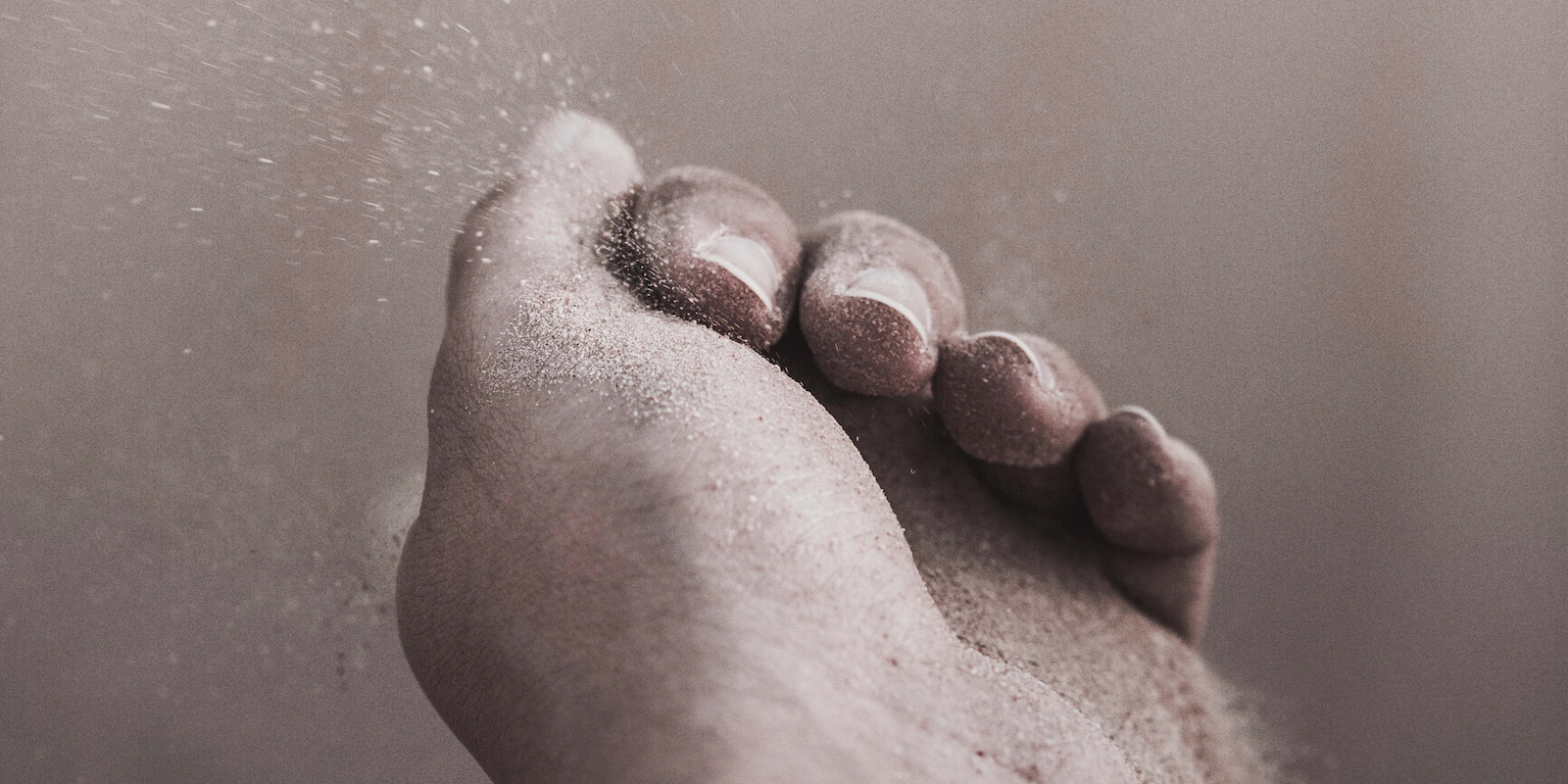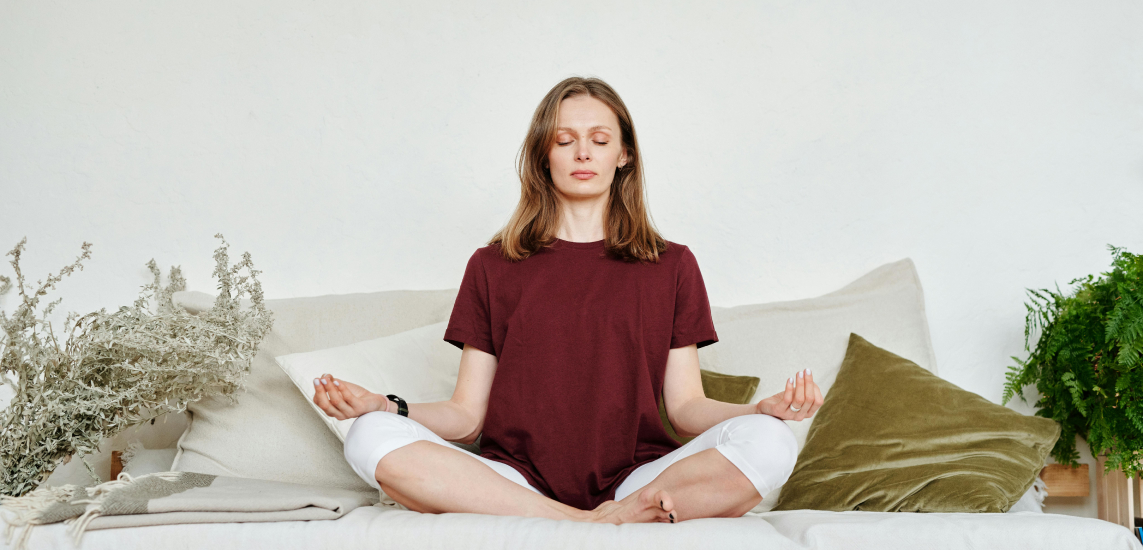Anxiety specialist Dr. Kathryn Soule takes a look on how our brains react to being in self-isolation and explains different ways of coping with quarantine-induced anxiety.
Your Brain On Quarantine: Fight, Flight Or Freeze
Your brain’s job is to keep you safe. The amygdala, in particular, functions as a threat detector, and it’s great at it. When the amygdala detects a threat, it signals your body to go into Fight, Flight or Freeze mode. Your body prepares to fight back, run away, or stop and hide.
Quarantine and shelter-in-place puts us closest to the Freeze mode of responding to the threat. While the Freeze option is most logical choice in this situation, it also feels the worst. The Freeze response can feel like helplessness and powerlessness, even when it’s the best choice. Research suggests that a Freeze response may be the most associated with developing PTSD symptoms after a traumatic event. This is true even if it’s the best choice for survival.
Scary Images And Stories
The amygdala searches for threats in the environment largely by relying on sensory information (e.g. images) and emotionally significant information (e.g. stories). The amygdala treats images that you see on TV, online or even in your imagination as the same as in-person events. So any scary images you see, hear or even imagine will stick with you and set off the alarms in your brain.
Read more: Learn about phone-induces anxiety and how to maintain boundaries in the digital world.
Social Isolation
When your amygdala becomes activated by a threat, it no longer responds well to logic or reassurances. It’s hard to talk yourself down when you become really anxious. What does work is compassion, nurturing, or empathy from another person. When we experience social bonding, our brain releases oxytocin, which makes us feel calmer. Being afraid and alone makes us feel worse.
Lack Of Structure And Predictability
In any kind of traumatic situation, lack of structure and predictability fuel anxiety. The world we live in lost much of its familiar structure fairly quickly, and many people lost their individual daily structure overnight. This makes it hard to feel safe. Your brain constantly makes predictions in order to assess danger, and when it can’t predict what’s coming next, it triggers the alarm. Without any structure, it can be hard to know even what your next hour looks like.
How To Cope With Quarantine-Induced Anxiety
While many things are out of our control right now, there are some things you can do to ease anxiety, and calm your mind.
Limit News
Try limiting news to 30 minutes per day. It’s good to stay informed, but try sticking to what’s helpful. If it won’t change what you’re doing, it might not be helpful. If it puts you into a panic over things that are out of your control, it might not be helpful.
Talk on the Phone or on Video (not just through text)
Oxytocin is the chemical our brains release during social bonding, and it helps us feel calmer and less anxious. Research suggests that oxytocin is released when you communicate through telephone or video chat, but not during written communication such as texting, emailing or reading social network sites.
Hearing the familiar voice of a friend or family member seems to be key to feeling calmer and reducing stress. Try connecting with a friend through voice or video at least once per day. Petting or sitting with your dog or cat helps, too! Connecting with your pet through touch or eye-gaze also releases oxytocin and reduces stress.
Read more: Bestselling author Elizabeth Gilbert shares how to face fear with a compassionate heart.
Get Outside
If you’re able to, find some time to get outside each day for at least 20-30 minutes. Even sitting on a porch or in your backyard can be helpful. A recent study conducted in 2019 found that just 20 minutes of sitting or walking in a place that makes you feel in touch with nature lowers your cortisol levels significantly.
Move Your Body
Sitting still is associated with the feeling of helplessness of the Freeze response. So feel your body’s strength instead. Be sure to do at least 30 minutes of physical activity each day. It might be walking outside, running, practicing with yoga videos, lifting free weights at home, or an online dance class. Exercise causes your brain to release dopamine and serotonin, which improve your mood and reduce anxiety.
Create Structure and Routine
Set a regular routine for yourself. Get up at the same time every day, even if you’ve gotten off your normal sleep schedule. If you keep getting up at the same time, eventually you’ll be tired enough to go to sleep earlier and fall back into a regular cycle. Decide what you’ll do each day and set a schedule that includes meals, work, exercise, getting outside, talking with friends or family, household chores, and hobbies that make you feel good.
Read more: Discover how to face morning anxiety with compassion.
Focus on Hobbies that Put You in Flow
Flow is the state of being fully present and engaged with what you’re doing now. If you’re fully present right now, you’re not lost in your anxious thoughts of worry, what-if’s, or worst-case scenarios. Find what puts you in flow. It could be doing puzzles, reading, running, dancing, drawing, painting, cooking, gardening, working on a home project, or even organizing.
Read more: Explore four simple steps to start practicing yoga at home.
Start Meditating
If you’ve ever thought, “I’d like to try meditation, but I don’t have time,” now might be your opportunity. Meditation is training your brain to let go of thoughts and come back to the present over and over and over again. This allows you to learn to let go of the what-ifs and come back to the present moment, where you are safe, right here, right now.
Read more: Learn about the inner workings of visualization for anxiety.
It’s completely normal for meditation to feel very challenging at first, but research suggests that 10 minutes a day of meditation is enough to change your brain. Consistency is key. It takes about 60 days to start to fully realize benefits. I recommend meditation to all my clients with anxiety because it’s so beneficial for increasing peace of mind in the long-term.
Explore our large and free collection of guided meditations for stress and anxiety or start meditating now with these guided practices by Dr. Kathryn Soule that help to stay in the present moment:
- Anchor To The Present With Sounds Dr. Kathryn Soule, PhD, LPC 7:16
- Strengthening a Meaningful Intention Dr. Kathryn Soule, PhD, LPC 9:18
- Letting Go of Thoughts Dr. Kathryn Soule, PhD, LPC 9:07
Discover all of our Corona virus resources on Insight Timer.
References
Basso, J.C. & Suzuki, W.A. (2017). The effects of acute exercise on mood, cognition, neurophysiology, and neurochemical pathways: A review. Brain Plasticity, 2(2) 127-152.
Csikszentmihalyi, M. (2013). Flow: The psychology of happiness. Random House.
Ewbank, M. P., Barnard, P. J., Croucher, C. J., Ramponi, C., & Calder, A. J. (2009). The amygdala response to images with impact. Social cognitive and affective neuroscience, 4(2), 127–133. https://doi.org/10.1093/scan/nsn048
Fox A. S., Oler, J. A., Tromp, D. P. M., Fudge, J. L., & Kalin N. H. (2015). Extending the amygdala in theories of threat processing. Trends in Neurosciences, 38(5), 319-329. http://doi.org/10.1016/j.tins.2015.03.002
Gotink, R. A., Meijboom, R., Vernooij, M. W., Smits, M., Hunink, M. (2016). 8-week Mindfulness Based Stress Reduction induces brain changes similar to traditional long-term meditation practice – A systematic review, Brain and Cognition, 108, 32-41, https://doi.org/10.1016/j.bandc.2016.07.001.
Hartley, N. D., et al. (2019) Dynamic remodeling of a basolateral-to-central amygdala glutamatergic circuit across fear states. Nature Neuroscience DOI: 10.1038/s41593-019-0528-7 https://medicalxpress.com/news/2019-12-frozen-response-underlie-ptsd.html
Heinrichs M., Baumgartner T., Kirschbaum C., Ehlert U. (2003). Social support and oxytocin interact to suppress cortisol and subjective responses to psychosocial stress. Biol. Psychiatry 54 1389–1398. 10.1016/S0006-3223(03)00465-7
Hunter, M. R., Gillespie, B. W., Chen, S. (2019). Urban Nature Experiences Reduce Stress in the Context of Daily Life Based on Salivary Biomarkers. Frontiers in Psychology, 10 DOI: 10.3389/fpsyg.2019.00722
Nagasawa M., Mitsui S., En S., Ohtani N., Ohta M., Sakuma Y., et al. (2015). Social evolution. Oxytocin-gaze positive loop and the coevolution of human-dog bonds. Science, 348, 333–336. 10.1126/science.1261022
Schmidt, N. B., Richey, J. A., Zvolensky, M. J., & Maner, J. K. (2008). Exploring human freeze responses to a threat stressor. Journal of behavior therapy and experimental psychiatry, 39(3), 292–304. https://doi.org/10.1016/j.jbtep.2007.08.002
Seltzer, L. J., Prososki, A. R., Ziegler, T. E., & Pollak, S. D. (2012). Instant messages vs. speech: hormones and why we still need to hear each other. Evolution and Human Behavior, 33(1), 42–45. https://doi.org/10.1016/j.evolhumbehav.2011.05.004
University of Waterloo. (2017, May 1). Just 10 minutes of meditation helps anxious people have better focus. ScienceDaily. Retrieved April 13, 2020 from www.sciencedaily.com/releases/2017/05/170501094325.htm
Uvnäs-Moberg, K. (1998). Antistress pattern induced by oxytocin. News in Physiological Sciences,13, 22–25.
Xu, M., Purdon, C., Seli, P., Smilek, D. (2017). Mindfulness and mind wandering: The protective effects of brief meditation in anxious individuals. Consciousness and Cognition, 51: 157 DOI: 10.1016/j.concog.2017.03.009







